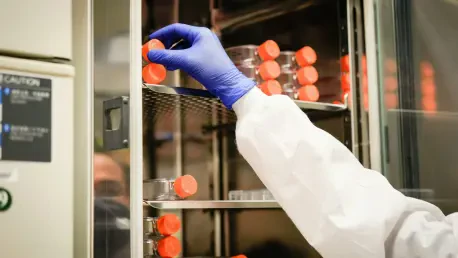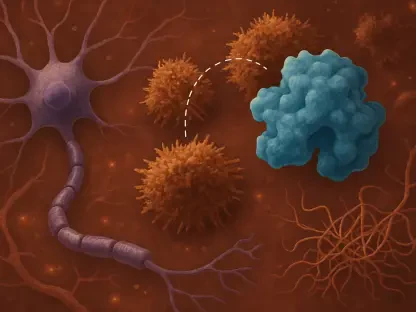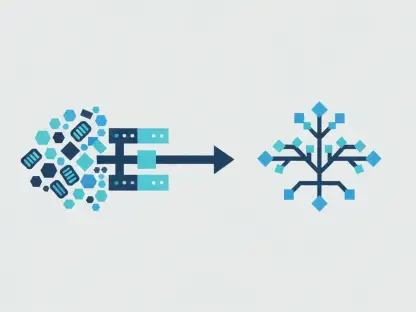In this exclusive conversation, we delve into the complexities of the cell culture market with Ivan Kairatov, a seasoned biopharma expert. His insights into the tech-driven evolution of this sector highlight the potential for innovation in drug discovery and development.
How do you perceive the projected growth of the cell culture market over the next few years?
The cell culture market is indeed set for significant growth, with a projected CAGR of 12% from 2025 to 2030. This expansion can largely be attributed to the escalating use of cell culture technologies in drug development, advancing 3D culture methods, and increased investments in regenerative medicines. These factors together are transforming how we approach research and treatment in areas like cancer and biologics.
What are the key technological advancements that are currently shaping this market?
Advancements in 3D cell culture methods have fundamentally altered our capabilities in research, providing more accurate models than traditional methods. Automated bioreactors and single-use systems have greatly improved efficiency, reducing the time and cost associated with cell cultures. Additionally, 3D bioprinting has opened new possibilities in creating complex tissue structures for research and therapeutic applications.
Could you elaborate on how the demand for biologics is influencing the development of cell culture technologies?
The burgeoning demand for biologics such as monoclonal antibodies is a major growth engine for cell culture technologies. The precise and scalable nature of cell cultures is essential in ensuring efficacy and safety in biologics production. Consequently, this drives ongoing innovations and adoption of advanced cell culture techniques to meet these high industry standards.
In what ways are cell culture technologies impacting research in fields like cancer and drug discovery?
Cell culture technologies are pivotal in cancer research and drug discovery by providing reliable in vitro models that are crucial for studying disease mechanisms and testing potential treatments. The transition to 3D culture systems offers more physiologically relevant models, enabling breakthroughs in these research areas and propelling the market forward.
How are innovations in stem cell research contributing to developments in cell culture?
Stem cell research is integral to the adoption of new cell culture methods. Innovations have accelerated regenerative therapies and personalized medicine, making significant strides in application areas like tissue engineering. These developments demonstrate the profound impact of advanced cell culture techniques on the broader field of medical science.
Could you describe how the market is segmented based on different product categories?
The market is segmented into consumables and equipment. Consumables include sera, media, and reagents, while the equipment segment comprises incubators, culture systems, and biosafety equipment, among others. These segments cater to various market needs and are essential in supporting the cell culture process across different applications.
What regional dynamics do you see influencing the cell culture market’s growth?
Globally, North America, particularly the US, is poised for significant growth due to established biotech industries and ongoing research investments. Meanwhile, the Asia Pacific region shows immense potential, driven by emerging markets in countries like China and India, where investments in biotechnology are rapidly increasing.
Can you share insights into the competitive landscape of the cell culture market?
The market is highly competitive, with key players such as Thermo Fisher Scientific, Merck KGaA, and Sartorius AG leading the way. These companies focus on strategic acquisitions and technological innovations, continuously enhancing their product offerings to maintain a strong market position and respond to evolving customer needs.
What challenges does the cell culture market currently face, and how are they being addressed?
One significant challenge is scalability and cost-effectiveness. Technological breakthroughs like automated bioreactors are streamlining processes, enhancing scalability and reducing costs. These advancements target the market’s challenges by improving productivity and ensuring more robust research and production outcomes.
What developments do you anticipate in the cell culture market over the coming decade, and how might these impact healthcare?
Over the next decade, further integration of AI and automation could revolutionize cell culture processes, enhancing precision and efficiency beyond current capabilities. These developments have the potential to significantly impact drug development timelines, making treatments more accessible and personalized, fundamentally transforming healthcare delivery worldwide.









